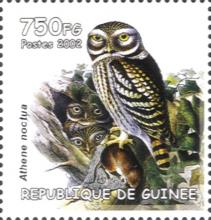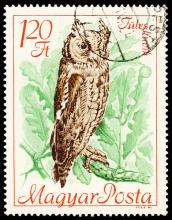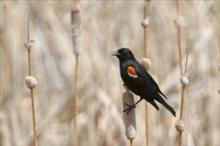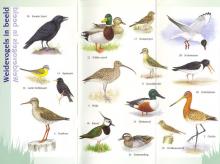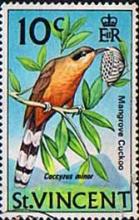Steinkauz - In ganz Oberösterreich sind derzeit nur mehr um die 20 Brutpaare bekannt
Der relativ langbeinige Steinkauz Athene noctua ist als Bodenjäger auf kurzrasige Vegetation, zum Beispiel Viehweiden oder Mähwiesen, angewiesen. Hier versucht er trippelnd und laufend Insekten und Mäuse zu erhaschen. Auch Regenwürmer und Kleinvögel stehen auf seinem Speiseplan. Bei höherer Vegetation hält die kleine Eule, auf Pfosten oder Zaunpfählen sitzend, Ausschau nach seiner Beute. Noch vor etwa 100 Jahren war der Steinkauz in den Gunstlagen Oberösterreichs wie dem Donautal und dem Alpenvorland ein häufiger Brutvogel. Heute ist sein Bestand auf klägliche Restvorkommen in der Riedmark, im Marchland und im Eferdinger Becken geschrumpft. In ganz Oberösterreich sind derzeit nur mehr um die 20 Brutpaare bekannt.

